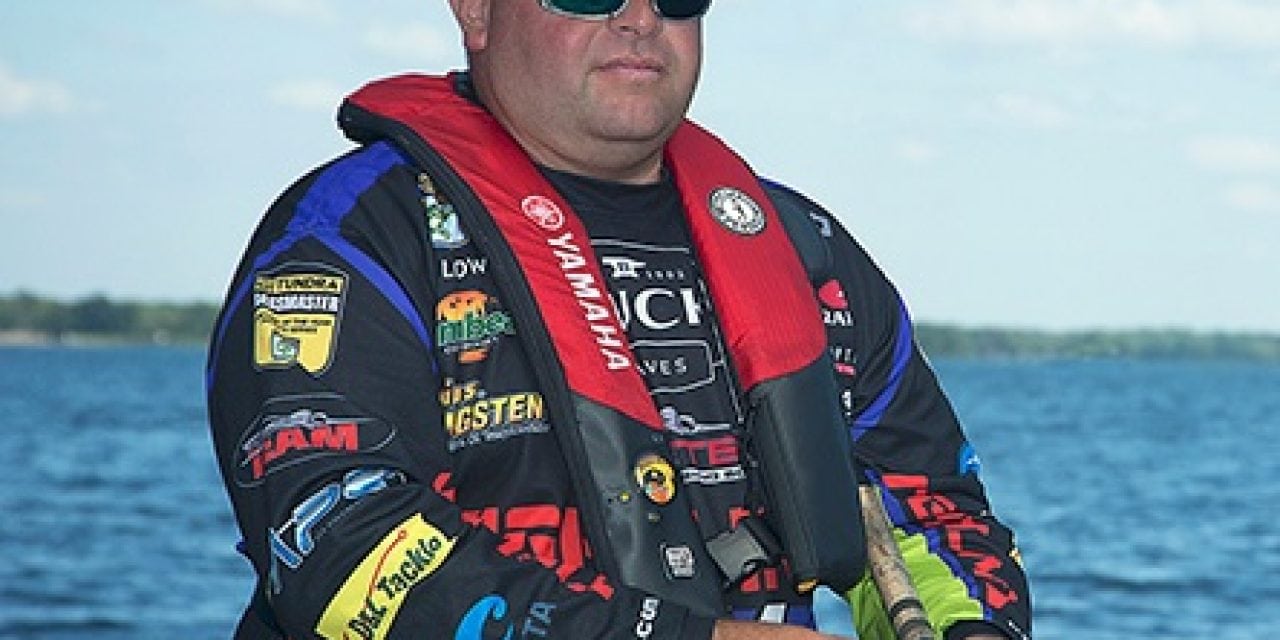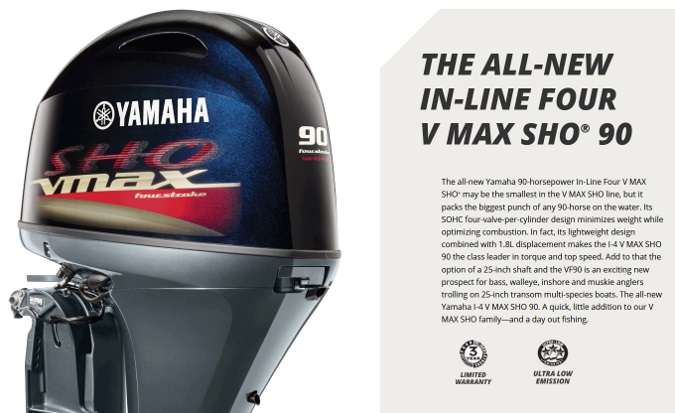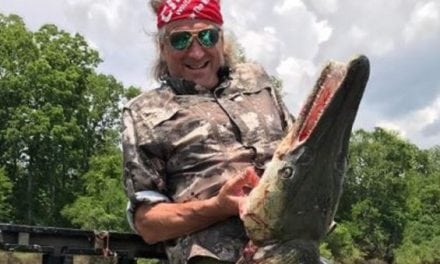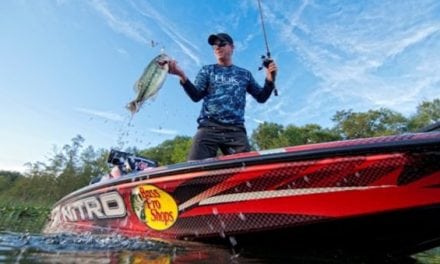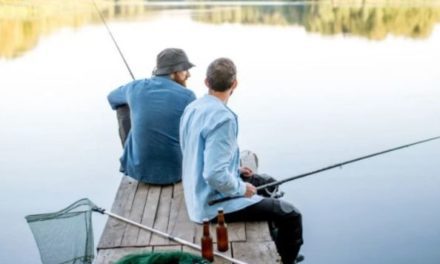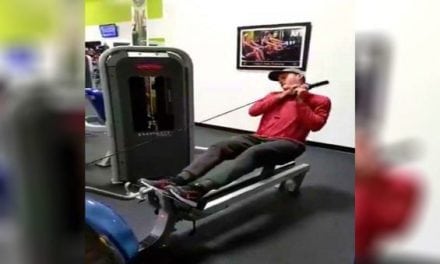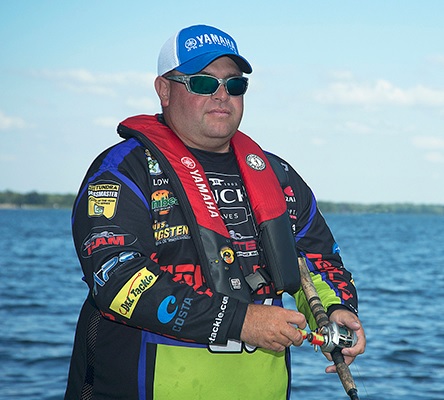 Veteran tournament angler Bill Lowen enjoys these cold, frigid days on the water because he knows bass will be in well-defined areas they use year after year, they’ll hit one of his three favorite lures, and by day’s end he and his companions may have caught and released as many as 100 fish.
Veteran tournament angler Bill Lowen enjoys these cold, frigid days on the water because he knows bass will be in well-defined areas they use year after year, they’ll hit one of his three favorite lures, and by day’s end he and his companions may have caught and released as many as 100 fish.
That doesn’t sound like a normal winter fishing trip, but through years of experience the Yamaha Pro has learned how to tempt largemouth, smallmouth, and spotted bass into biting. During a full day of fishing, he’ll usually catch walleye, stripers, white bass, and other species, as well.
“The real key to catching winter bass is slowing down on your presentation,” emphasizes Lowen. “At this time of year, fish simply do not chase lures very far, but they will come to a lure if you can leave it in their strike zone. The biggest problem fishermen have in not catching fish in cold water is that they’re fishing too fast.”
That’s why Lowen has learned to identify specific places where bass tend to set up during the winter. The Yamaha Pro concentrates on channel swings, riprap, bluff ends, bridge abutments, grasslines, and the mouths of creeks, and he works water from six to just 12 or 15 feet deep.
“These are the places all types of fish, including forage like shad and bluegills, use, and they’ll move to the very same places year after year,” he points out. “Once you find an area like this, you seldom have to move your boat very much, because the fish won’t move. They’ll all be there, so you’ll generally catch a mixed bag.”
Lowen’s three favorite winter lures are a jig, a blade bait, and a suspending jerkbait. He knows other lures will catch winter bass, but these three are not only effective but also easy for anglers to use. Lowen fishes them all in the same areas, too.
“Each of these three lures can be fished slowly, too,” he adds. “I like to use a 5/16 ounce jig, and I just crawl it along the bottom. Sometimes, I’ll leave it motionless in one spot 20 to 30 seconds before moving it again. That’s the most difficult aspect of winter fishing an angler has to learn. Instead of casting shallow and hopping the jig down into deeper water, you have to crawl it slowly with a lot of long pauses.”
Lowen fishes a blade bait much the same way, casting shallow and slowly bringing the lure into deeper water. He uses a ½ ounce model he makes himself from components he orders. Blade baits attract bass through their vibrations, so Lowen raises his rod tip slowly until he feels the lure vibrate, then lets it fall back to the bottom. It’s a type of slow-motion hop, with a long pause before he raises his rod tip again.
The suspending jerkbait isn’t fished right on the bottom, but rather with a sequence of jerks that take the lure down, then stopping so the jerkbait remains relatively motionless near the bottom. This is the most difficult of his three lures to fish because Lowen regularly lets the lure suspend for half a minute or more before jerking it forward again.
“Bass will definitely hit each of these lures if you fish them slowly,” concludes the Yamaha Pro. “The actual water temperature doesn’t determine which lure I’ll use, but on any given day, one of these three usually out-performs the other two.
“I can’t remember all the days I’ve had on the water when I’ve caught more than 50 fish using them, and when my father or brother-in-law have joined me, we’ve caught more than a hundred. The hard part is just making yourself fish the lures slower than at any other time of year, and slower than you probably want to fish them.”
The post Yamaha Pro Bill Lowen Uses Three Lures in Shallow, Well-Defined Places appeared first on ODU Magazine-North America’s #1 Digital Fishing Magazine.

